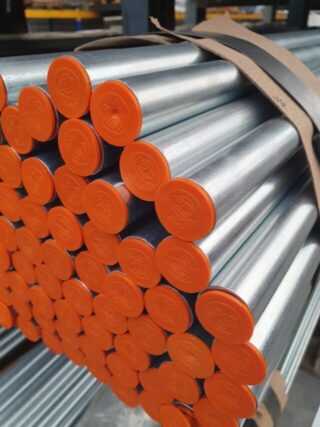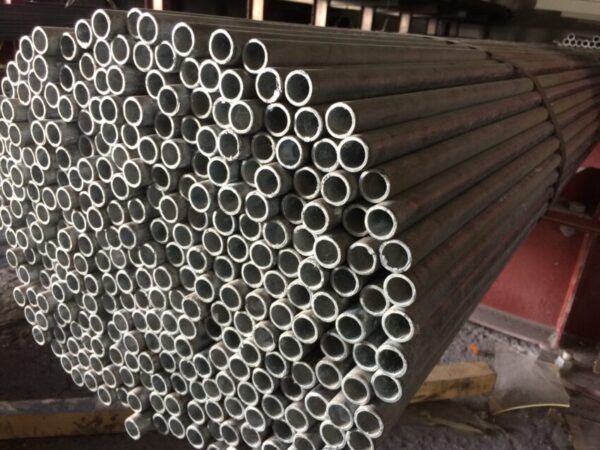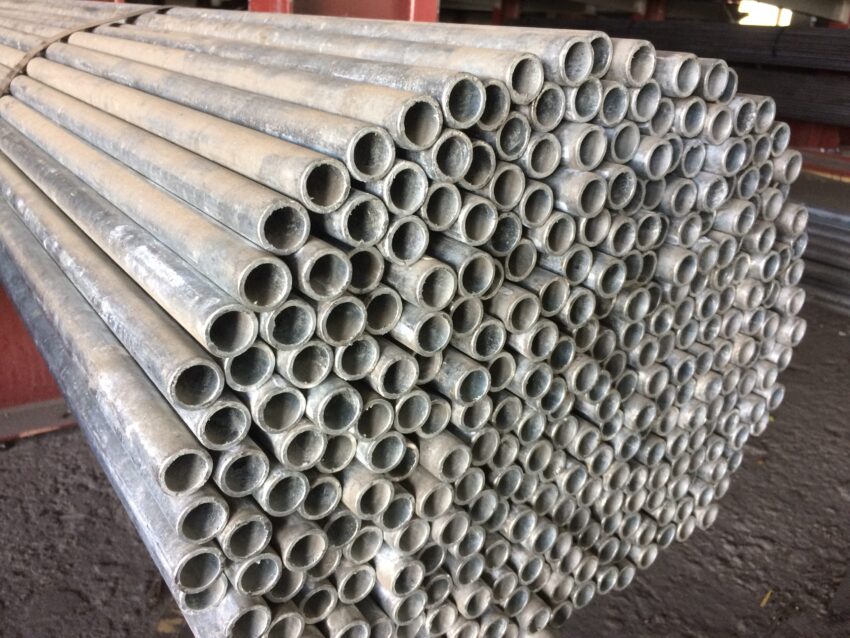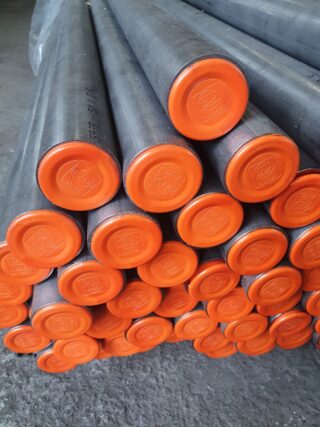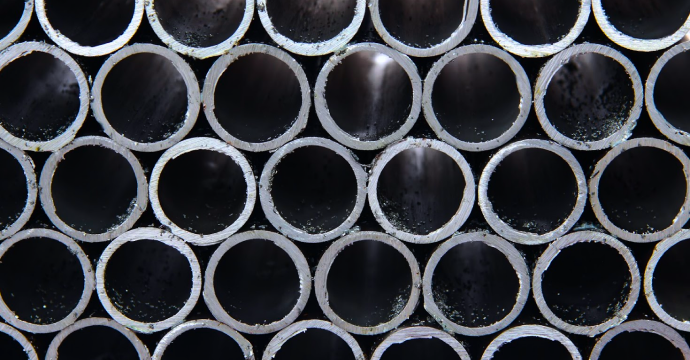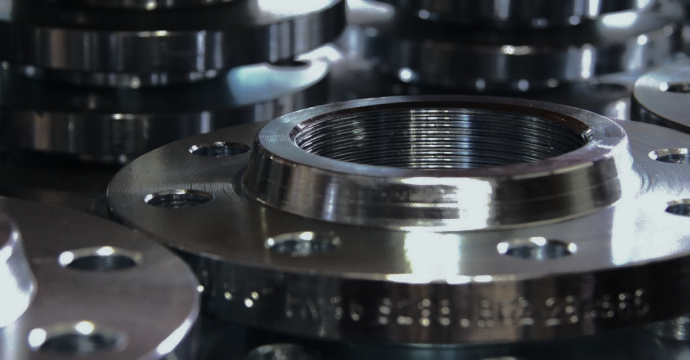Galvanized steel pipes are widely used in many industries, including:
Construction: especially in load-bearing structures such as grids, roof structures, columns, fences, balustrades, stairs and in water and sewage systems.
Chemical and petrochemical industries: they are used to transport liquids and gases in the chemical and petrochemical industries, as well as for the construction of pipelines and industrial installations.
Automotive: among other things, for the production of vehicle frames, exhaust systems and cooling system components.
Agriculture: for the construction of masts, poles, grain storage structures, as well as for irrigation systems.
Other: food industry, furniture industry, energy industry and in the construction of ships and drilling platforms.
